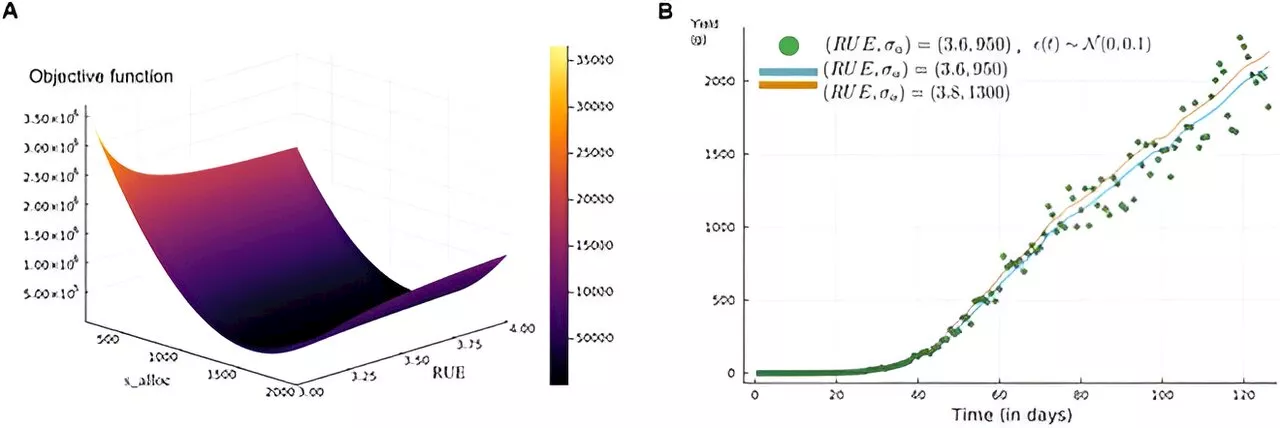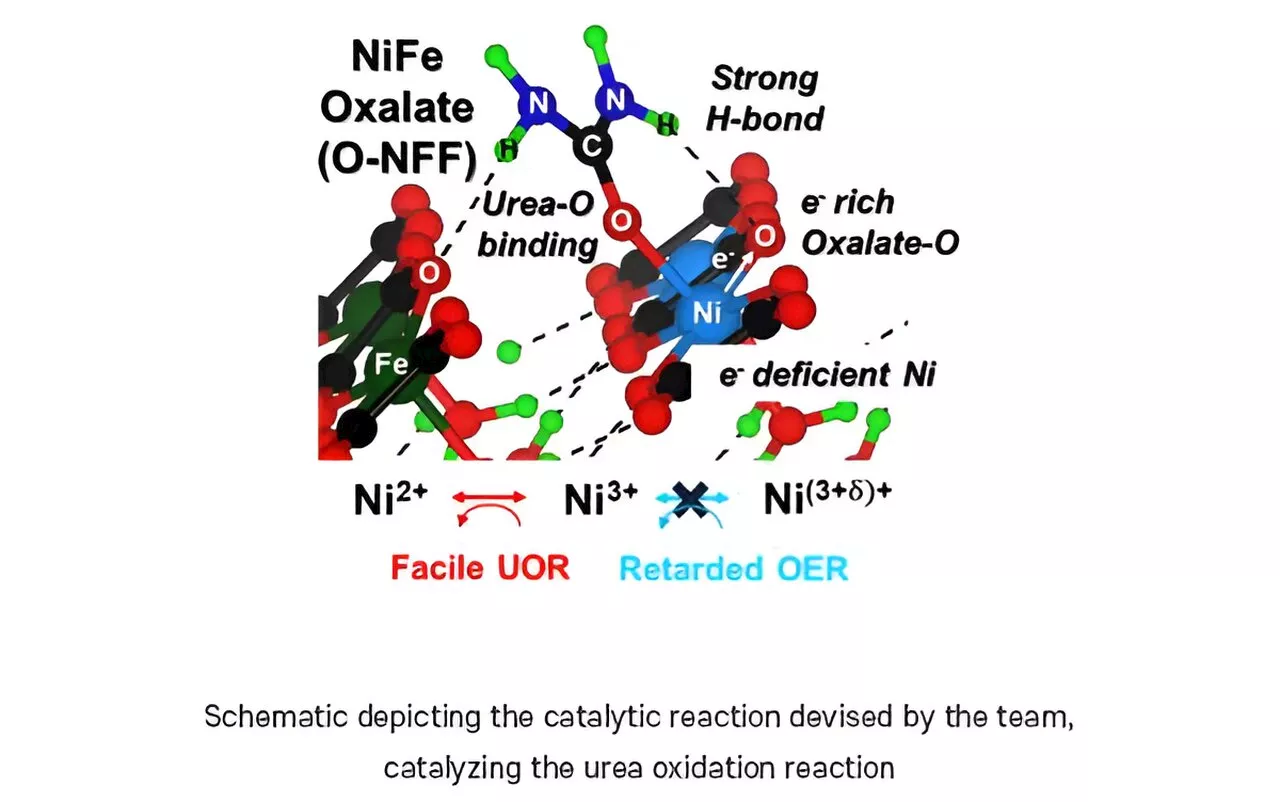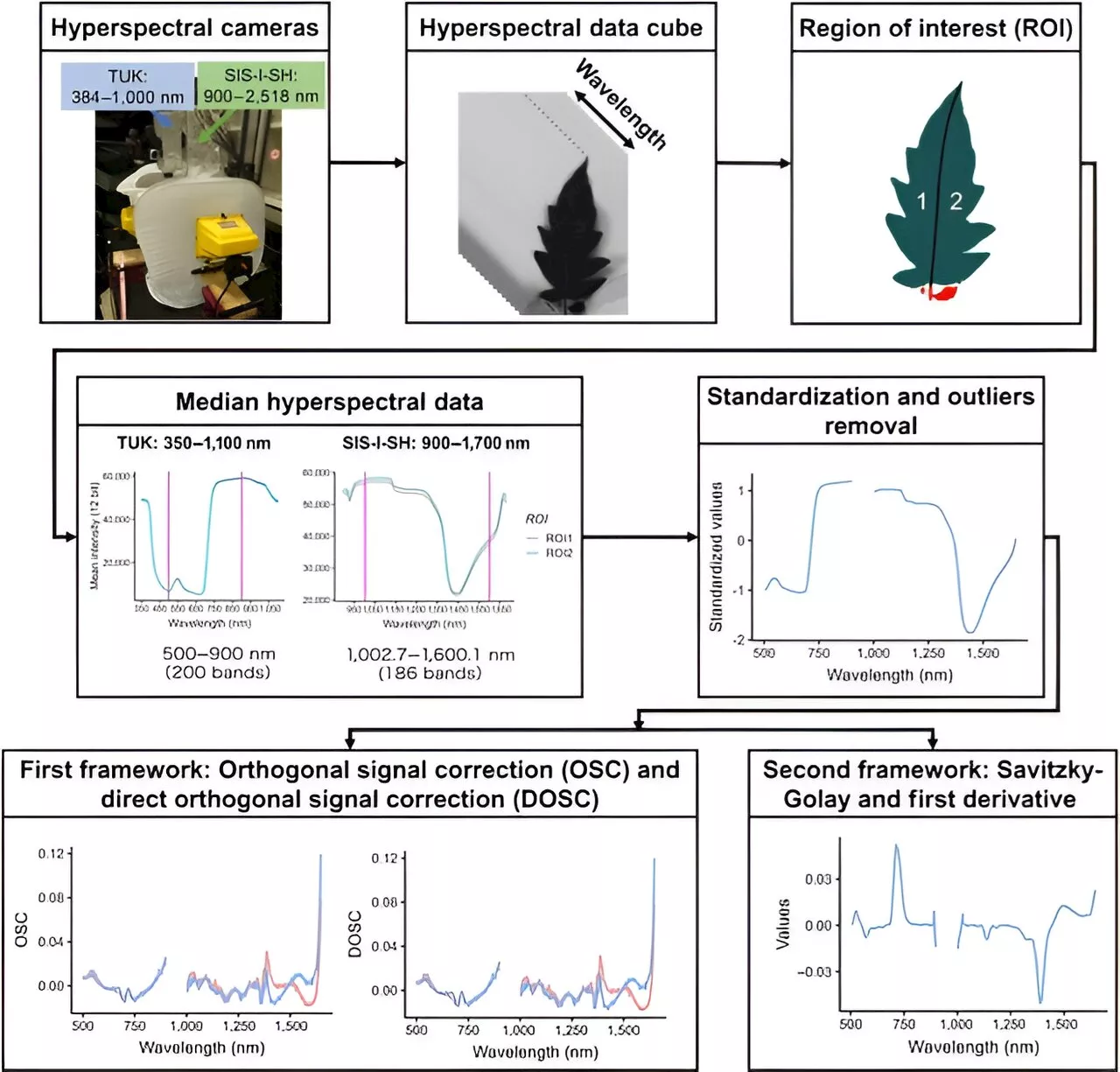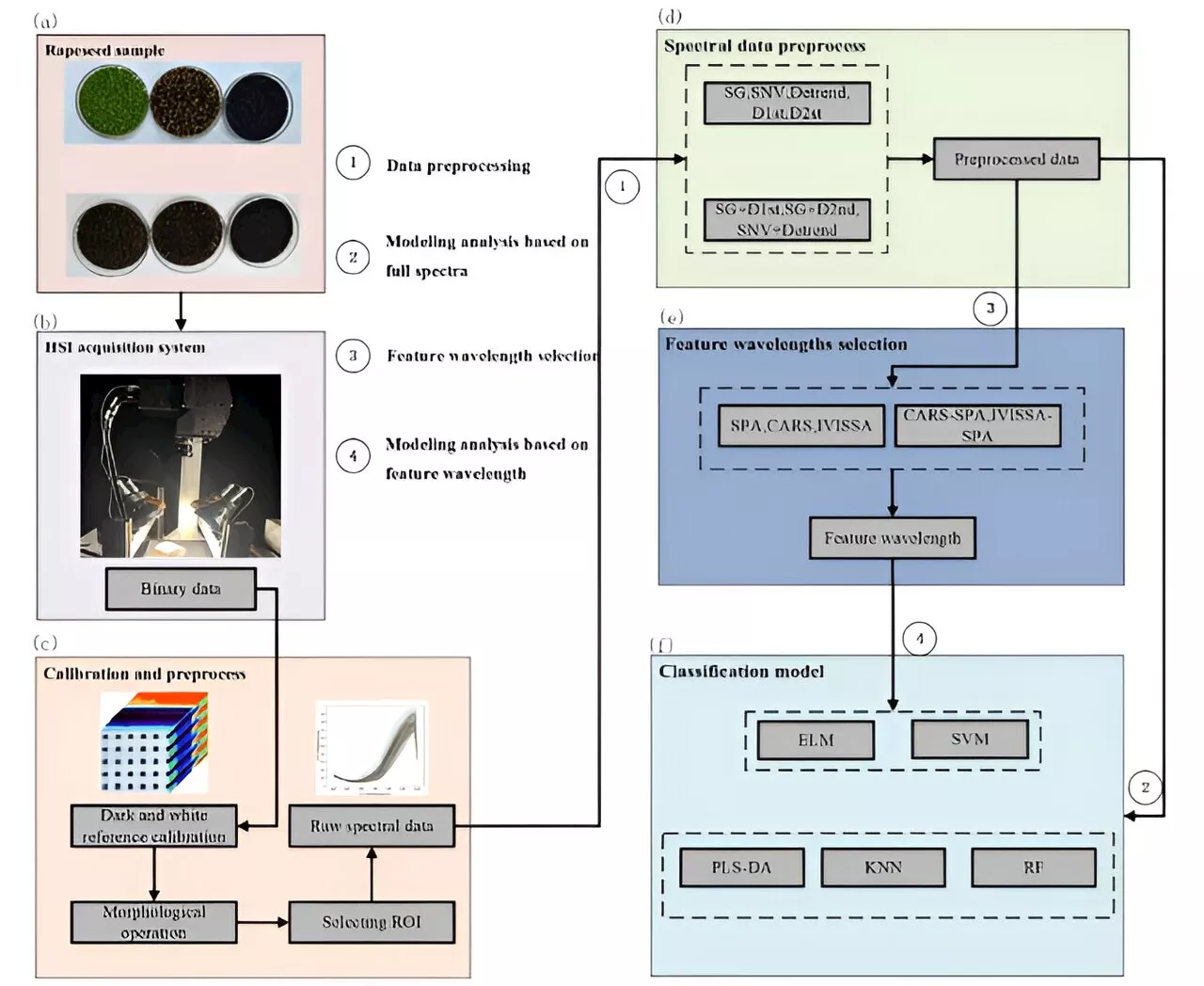With growing awareness of neurodiversity and an increase in neurodivergent individuals seeking therapy, how can psychotherapists accommodate the diverse needs of autistic clients?
Neurodivergent clients often carry neurodiversity-specific needs and strengths into the therapy room.
Neurodiversity-affirming accommodations may improve the experience of neurodivergent clients in therapy.clients and even the insights of parents with autistic children in therapy. Still, the experiences of autistic clients in therapy have been an under-researched topic. Yet, if we are seeking to support the needs of autistic clients, the perceptions of those clients are pretty important.
A recent mixed-methods study examining the lived experience of autistic individuals in therapy found that many reported difficulties talking in therapy and integrating the strategies discussed into their lives, sometimes due to neurodivergent-specific needs . Nonetheless, many reported benefits. Acceptance and understanding from therapists and willingness to accommodate individual differences were reported to improve the quality of therapy.
Much of the distress reported by neurodivergent individuals often stems from systemic challenges. These difficulties can range from trouble gaining employment due to a different interviewing style to problems asserting one's needs in a relationship. Autistic individuals are also at an unfortunate high risk for. Interventions that empower the client to recognize and effectively communicate their needs in these areas are sometimes necessary.
It has been said that if you have met one autistic person, you have met one autistic person. While there are some common themes in the autistic experience, the individual needs, strengths, and preferences of each client will vary. Utilize what you learn to gain awareness, but verify the relevance for any given person.Research shows that therapists' reviews of therapy sessions and the therapeutic alliance often vary quite a bit .
United States Latest News, United States Headlines
Similar News:You can also read news stories similar to this one that we have collected from other news sources.
 Enhancing identifiability in plant growth models: A comprehensive framework for precision and reliabilityIn the evolving landscape of plant growth modeling, there is a distinguished presence of mechanistic models aimed at capturing the intricate dynamics of plant development through parameter estimation from experimental data.
Enhancing identifiability in plant growth models: A comprehensive framework for precision and reliabilityIn the evolving landscape of plant growth modeling, there is a distinguished presence of mechanistic models aimed at capturing the intricate dynamics of plant development through parameter estimation from experimental data.
Read more »
 Research team develops catalyst that can purify municipal sewage while enhancing hydrogen generation efficiencyResearchers have devised a novel catalyst aimed at enhancing the efficiency of reactions using contaminated municipal sewage to produce hydrogen—a green energy source.
Research team develops catalyst that can purify municipal sewage while enhancing hydrogen generation efficiencyResearchers have devised a novel catalyst aimed at enhancing the efficiency of reactions using contaminated municipal sewage to produce hydrogen—a green energy source.
Read more »
 Enhancing crop nutritional analysis: Precision agriculture with multi-target regression and hyperspectral imagingRecent advancements in hyperspectral imaging and machine learning have revolutionized the non-destructive monitoring of crop nutritional status, enabling accurate prediction of plant element concentrations.
Enhancing crop nutritional analysis: Precision agriculture with multi-target regression and hyperspectral imagingRecent advancements in hyperspectral imaging and machine learning have revolutionized the non-destructive monitoring of crop nutritional status, enabling accurate prediction of plant element concentrations.
Read more »
 Enhancing Problem-Solving through Flexible ThinkingLearn how to become a more flexible thinker and enhance problem-solving skills by considering alternative perspectives and adopting the Six Hats method.
Enhancing Problem-Solving through Flexible ThinkingLearn how to become a more flexible thinker and enhance problem-solving skills by considering alternative perspectives and adopting the Six Hats method.
Read more »
 Enhancing rapeseed maturity classification with hyperspectral imaging and machine learningRapeseed oil, a vital oilseed crop facing growing global demand, encounters a significant challenge in achieving uniform seed maturity, owing to asynchronous flowering. Traditional maturity assessment methods are limited by their destructive nature.
Enhancing rapeseed maturity classification with hyperspectral imaging and machine learningRapeseed oil, a vital oilseed crop facing growing global demand, encounters a significant challenge in achieving uniform seed maturity, owing to asynchronous flowering. Traditional maturity assessment methods are limited by their destructive nature.
Read more »
 Enhancing field phenotyping: A novel glare correction technique using polarized lightAmidst challenges like a booming global population and diminishing arable land, plant phenotyping offers a way to automate agriculture and improve crop diagnostics. However, translating the precision of controlled-environment phenotyping to field conditions remains a hurdle, particularly in accurately measuring leaf color due to sunlight glare.
Enhancing field phenotyping: A novel glare correction technique using polarized lightAmidst challenges like a booming global population and diminishing arable land, plant phenotyping offers a way to automate agriculture and improve crop diagnostics. However, translating the precision of controlled-environment phenotyping to field conditions remains a hurdle, particularly in accurately measuring leaf color due to sunlight glare.
Read more »
